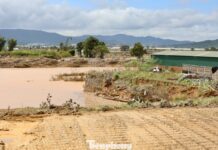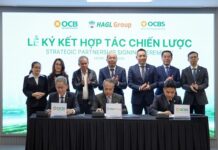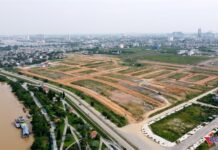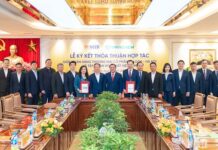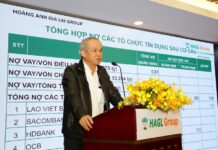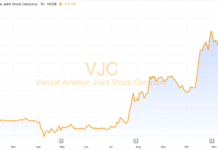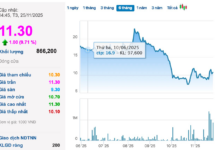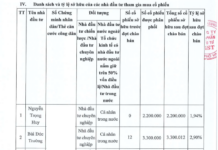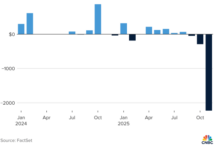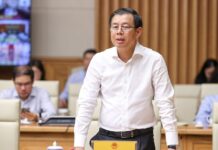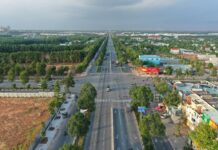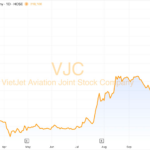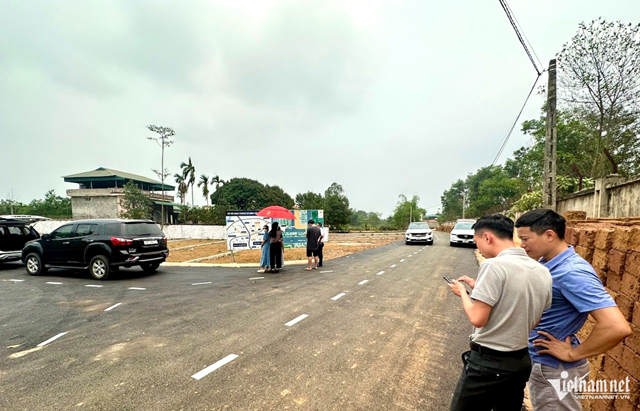Supply and Prices on the Rise
According to Mr. Nguyen Van Dinh, Chairman of the Vietnam Real Estate Brokers Association, the real estate market in the last months of 2025 is forecast to be vibrant with approximately 25,000 new products launching from upcoming projects. The supply structure continues to show the absolute advantage of apartment condos.
Among these, the luxury segment takes the lead, accounting for the largest proportion, while affordable commercial housing and low-cost homes are nearly “extinct”. This indicates that the price range is increasingly out of reach for buyers with actual housing needs and can only afford reasonably priced homes.
Notably, in the future, primary selling prices are expected to continue their upward trend, stemming from land use costs, project development expenses, and increasingly upscale product positioning. New launches are generally well-absorbed thanks to sustained actual demand, while investment demand is also rebounding with expectations of further price increases. However, the absorption rate is predicted to stabilize, no longer as hot as the previous period.
In the secondary market, liquidity is mainly concentrated in projects within large-scale urban areas or in localities implementing key infrastructure projects. Notably, transactions in suburban areas and provinces adjacent to the two special municipalities maintain robust growth due to more affordable prices compared to the center, while their potential for future price increases is highly regarded.
In the coming months, Mr. Dinh believes that housing demand, including both buying for occupancy and investment, will continue to increase due to economic growth and rapid urbanization.
For land plots, products with transparent legal status, legitimate subdivision, and located in areas with ongoing infrastructure development continue to record positive price increases. This segment remains attractive to investors who favor the “safe and sound” product category due to stable profit margins.
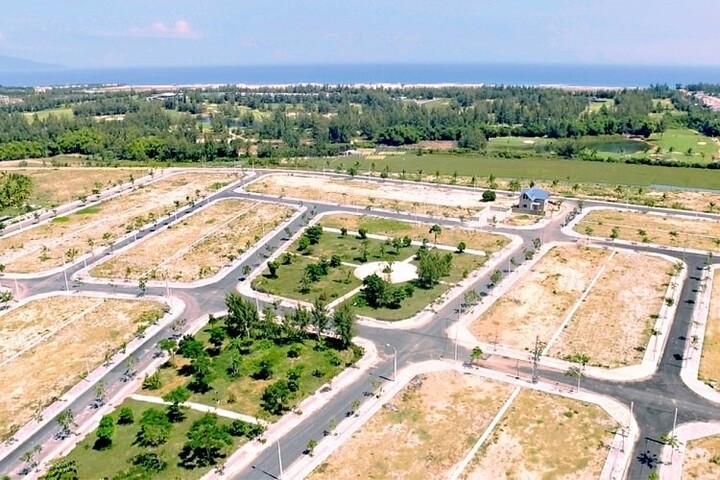
The real estate market at the end of the year is expected to increase in both supply and selling prices.
In the villa, townhouse, and shop house segment, primary selling prices remain high as new supply mainly comes from well-invested urban areas in terms of infrastructure and utilities. Additionally, increasing land costs and the scarcity of land funds in large cities further push up primary product prices.
In the secondary market, selling prices in projects developed by large investors, with existing residents and established communities, continue to show stable increases. Especially in projects where high-rise segments are implemented simultaneously, creating a synergistic effect, thereby maintaining the attractiveness and long-term profitability of low-rise products.
Assoc. Prof. Dr. Nguyen Ho Phi Ha, from the Academy of Finance, also forecasts a 5-7% increase in apartment prices in major cities, especially in areas with good infrastructure. Villas and townhouses are expected to grow steadily by 10-15% due to a strong increase in actual demand. Land prices in peripheral areas will only increase where there is clear planning and legal transparency. Overall, real estate price growth nationwide in the last six months of 2025 is projected at 7-10%, but there will be a distinct screening by region and segment.
“The last six months of 2025 will be a crucial period to maintain the recovery momentum while ensuring stability, aiming for a substantive, long-term, and sustainable market development,” the expert expressed his optimism.
Scenarios for the Year-End Market
Commenting on the real estate market outlook for the end of 2025, Mr. Nguyen Quoc Anh, Deputy General Director of PropertyGuru Group, presented two scenarios.
In the first scenario, countervailing taxes remain a barrier. If tax levels in Vietnam are still considered a risk, a cautious mindset will persist. In this case, cash flow-oriented real estate will continue to be the pillar, ensuring the market’s sustainability in the second half of the year.
In this context, cash flow-oriented real estate emerges as a “safe haven” option. These are products capable of generating stable income. Mr. Quoc Anh emphasized that these very products will continue to play a dominant role in the latter half of 2025 as they fulfill the two most critical criteria for investors during uncertain times: capital safety and stable returns. Instead of expecting short-term capital gains, investors are willing to shift towards “safe and sound” assets, less volatile, and capable of sustaining long-term cash flow.
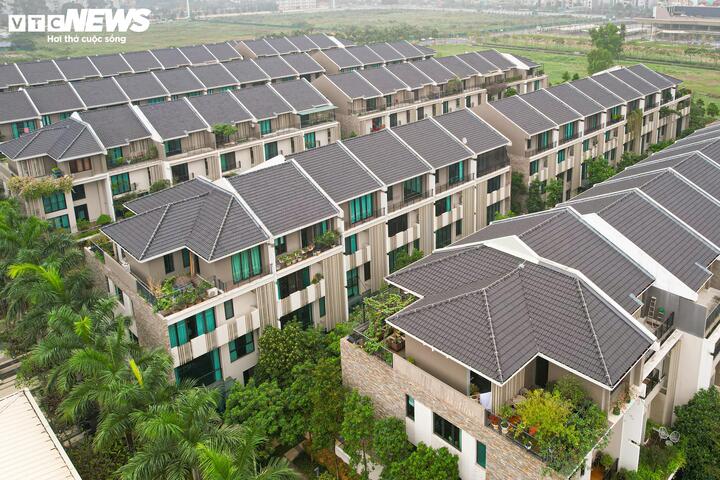
The real estate market is predicted with multiple scenarios. (Photo: Minh Duc)
In the second scenario, tax policies are liberalized. If there is official information on more stable countervailing taxes or adjustments towards reduction, investor sentiment will ease. With the policy concern subsiding, they will be more confident in disbursing capital into speculative assets like land plots. Then, the land segment will truly “take off” again.
Given the current situation, Mr. Nguyen Quoc Anh leans towards the first scenario. Cash flow-oriented real estate will remain dominant and sustainable in the latter half of 2025. This reflects investors’ priority for safety and stable returns amid a macro environment with many factors to monitor.
The Vietnam Real Estate Brokers Association (VARS) also presented three scenarios for the market. In the first scenario, the market is predicted to be stable with a slow recovery. If policies remain cautious, the market will experience mild growth and sustain this trajectory for the next 2–3 years.
The second scenario involves a strong market recovery. Should there be a relaxation of credit and a comprehensive resolution of legal issues, the market could witness a noticeable recovery from 2026.
The third scenario foresees a resurgence of the market’s overheating. If there is a significant policy stimulus (such as credit packages or tax incentives), the market may boom, but it will also be accompanied by speculation risks if not properly controlled.
Assoc. Prof. Dr. Tran Kim Chung, an economic expert, also outlined three possible scenarios. Specifically, in the neutral scenario, the market develops favorably but without significant fluctuations. This scenario is the most likely to occur.
Secondly, in the boom scenario, the market could witness a surge, but it would require certain conditions, including stable world political and economic conditions; positive macroeconomic developments; sustained stability in international economic relations; continued positive inflows of foreign capital, as seen in the first half of the year; and collaborative efforts from stakeholders to develop the real estate market.
Lastly, in the undesirable scenario, the market’s development falls short of expectations if one or a few conditions emerge, creating challenges. While this scenario is unlikely, it could unfold under certain unpredictable circumstances.
“Unleashing the Power of the ‘Invisible Hand’ in the Real Estate Market”
“Home ownership remains an elusive dream for many, with current income levels struggling to keep up with the rising costs of living and property prices. This is according to Mr. Le Hoang Chau, Chairman of the Ho Chi Minh City Real Estate Association (HoREA), who highlights the growing disparity between the haves and have-nots in the city’s vibrant property market.”
The Stellar Comeback: This Area’s Real Estate Sees a Stellar 90% Price Surge in a Year
“Võ Huỳnh Tuấn Kiệt, Director of Residential at CBRE Vietnam, emphasizes that urban planning, transportation infrastructure, and land price adjustments are pivotal factors influencing the real estate market.”
The Young and Savvy: How Millennials Can Get on the Property Ladder
“Homeownership is within reach for young people, according to experts. With the right support from banks and a little financial prudence, young adults can take their first step on the property ladder. It’s all about finding the right balance between savings and spending, and with the right guidance and products, the dream of owning a home can become a reality for this generation.”

